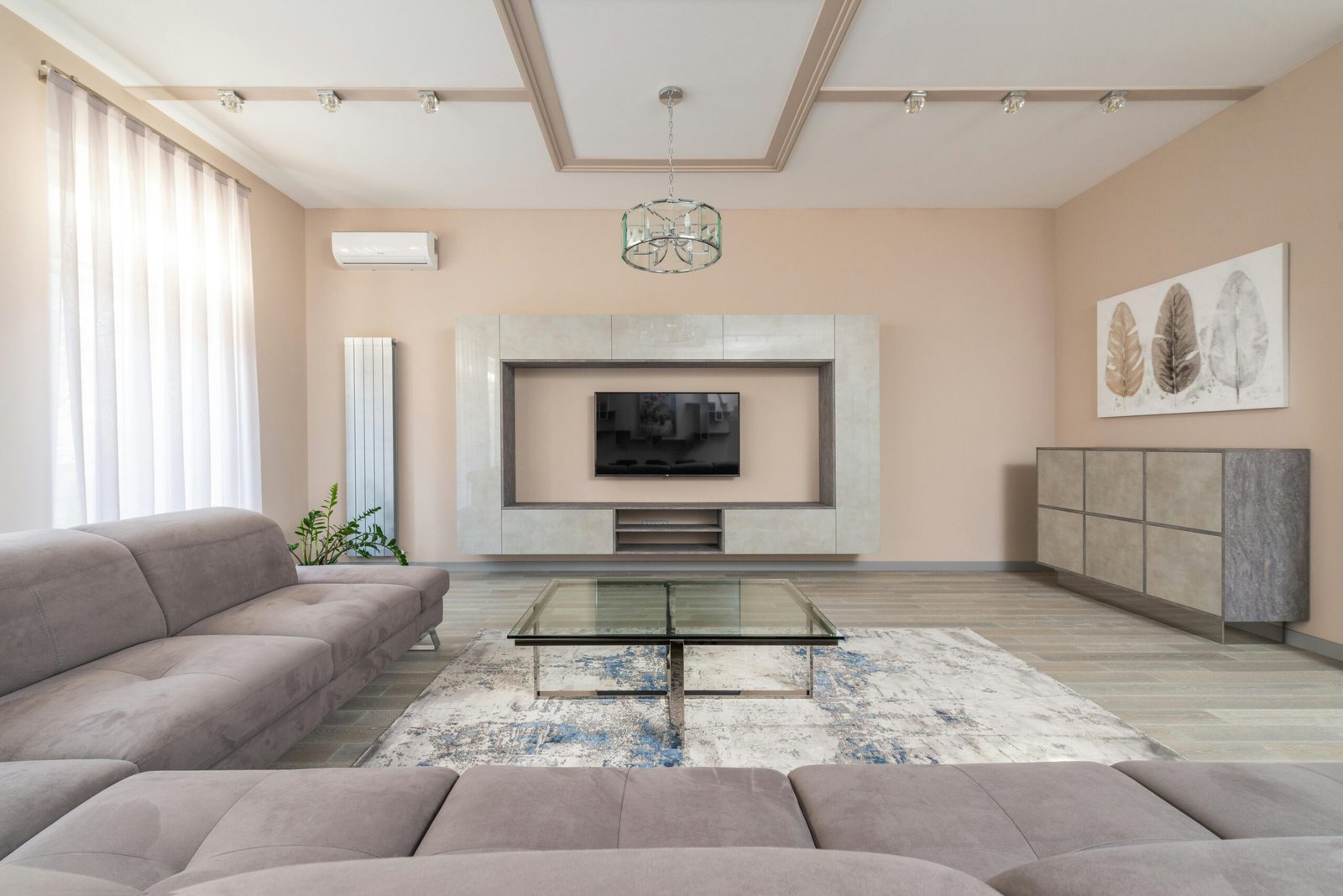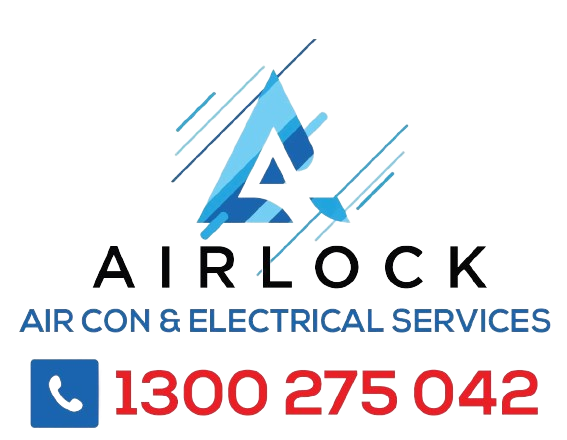Brisbane enjoys a warm climate, but that heat can be both a blessing and a curse. Homeowners need to carefully evaluate how to cool their homes. Two favorites emerge: reverse cycle air conditioning Brisbane and evaporative cooling. Both have their advantages and disadvantages, so choosing is key to comfort and finances.
Brisbane’s Unique Climate Challenges
Brisbane has hot summers and mild winters, which can be unbearable if your house isn’t designed to deal with the heat. Summer temperatures usually rise above 30°C (86°F), so effective cooling systems are more than a luxury—they’re essential.
The Cooling Conundrum: AC vs. Evaporative Cooling
Both evaporative cooling systems and reverse cycle air conditioning are designed to provide relief from the hot temperatures. They function differently, though, and may influence long-term expenses, energy consumption, and overall comfort.
This Article’s Focus: Informed Decision-Making
The following article will offer a comprehensive comparison of reverse cycle air conditioning and evaporative cooling, pointing readers in the direction of the most suitable option for their Brisbane homes.
Understanding Reverse Cycle Air Conditioning
How Reverse Cycle Air Conditioning Works
Reverse cycle air conditioning Brisbane works by removing heat from the indoor air, cooling it, and circulating it around your house. During winter, the operation is reversed, enabling the system to deliver heat.
Energy Efficiency of Reverse Cycle Systems: SEER Ratings & Costs
Efficiency of energy use is a cost-impinging aspect. Most systems are sized in terms of Seasonal Energy Efficiency Ratio, or SEER. Higher is better in regard to SEER rating. SEER rating displayed for installations between Brisbane residents, from 3.5 and up to 6.0. Though purchase upfront is more, future power cost savings potentially level out payments.
Real-World Examples of Reverse Cycle Use in Brisbane Homes
Numerous Brisbane residents claim reverse cycle systems can efficiently regulate indoor temperatures throughout the year. As an example, a household in Fortitude Valley reported reduced energy bills by nearly 30% after changing to conventional cooling devices.

Learning More About Evaporative Cooling Systems
The Physics of Evaporative Cooling
Evaporative cooling functions differently. It blows air through water-soaked pads, cooling the air first and then releasing it within your house. This process depends a great deal on outside air and the evaporation process.
Evaporative Cooling’s Energy Efficiency and Operating Costs
Evaporative coolers tend to be more energy-efficient than standard air conditioning, tending to draw up to 75% less electricity. Yet, the performance can depend on humidity levels.
Limitations of Evaporative Cooling in Brisbane’s Humidity
While evaporative cooling works well in dry conditions, Brisbane’s humid summers can pose challenges. High moisture levels reduce the system’s cooling capacity, making it less effective during peak summer months.
Head-to-Head Comparison: Key Factors
Cooling Capacity and Effectiveness in Different Brisbane Climates
- Reverse Cycle: Consistently cools in all weather.
- Evaporative: Best in dry heat; struggles in humidity.
Running Costs: A Detailed Breakdown of Electricity Consumption
- Reverse Cycle: Higher initial costs but efficient cooling year-round.
- Average running cost: $0.25 – $0.35 per kWh.
- Evaporative: Reduced energy consumption, but less efficient in humid climates.
- Average running cost: $0.10 – $0.20 per kWh.
Environmental Impact: Carbon Footprint & Refrigerant Use
- Reverse Cycle: Contains refrigerants, which can have environmental consequences if not handled properly.
- Evaporative: Generally more environmentally friendly; uses water and does not contribute to greenhouse gas emissions.
Choosing the Right System for Your Brisbane Home
Factors to Consider When Choosing: Budget, Climate, and Home Size
Before choosing a system, evaluate:
- Your budget for ducted reverse cycle air conditioning installation and long-term costs.
- The specific climate in your local area.
- The size and layout of your home.
Seeking Professional Advice: Consulting with HVAC Experts
Getting professional insights can make a significant difference. Consulting HVAC experts helps identify the best system tailored to your needs.Also, make sure that you choose the right service provider for your ducted reverse cycle air conditioning installation.
Maintenance and Lifespan Considerations for Each System
- Reverse Cycle: Needs to be serviced frequently but lasts for 10-15 years.
- Evaporative: Less maintenance needed but will likely require part replacements more often, lasting about 10 years.
Conclusion: Making the Best Cooling Choice for Your Brisbane Property
Key Takeaways: Summing Up the Pros and Cons of Each System
- Reverse Cycle: Extremely efficient year-round, with higher upfront cost, but low energy usage.
- Evaporative: Cost-saving and environmentally friendly in dry hot weather, with lower performance during humidity.
Final Recommendation: Guiding Readers to the Optimal Choice
For most houses in Brisbane, a reverse cycle air conditioner system will provide optimal comfort and efficiency year-round. But in cases where there is a budget, and the general humidity level is low, an evaporative cooler can work.
Actionable Steps: Subsequent Actions in Selecting and Installing a System
- Evaluate the cooling requirement of your home.
- Look at your budget and your long-term expenditures.
- Talk to HVAC experts for personalized advice and installation.
By knowing both systems’ weaknesses and strengths, Brisbane homeowners will be able to make confident and informed decisions on their cooling alternatives.

